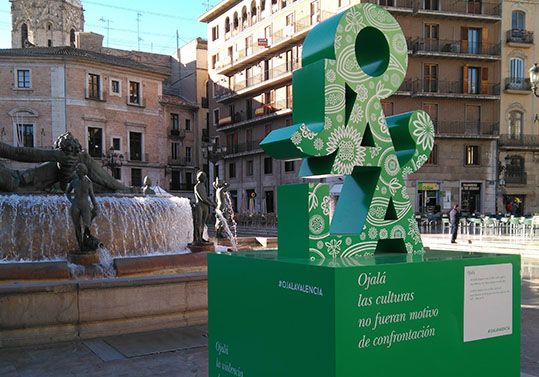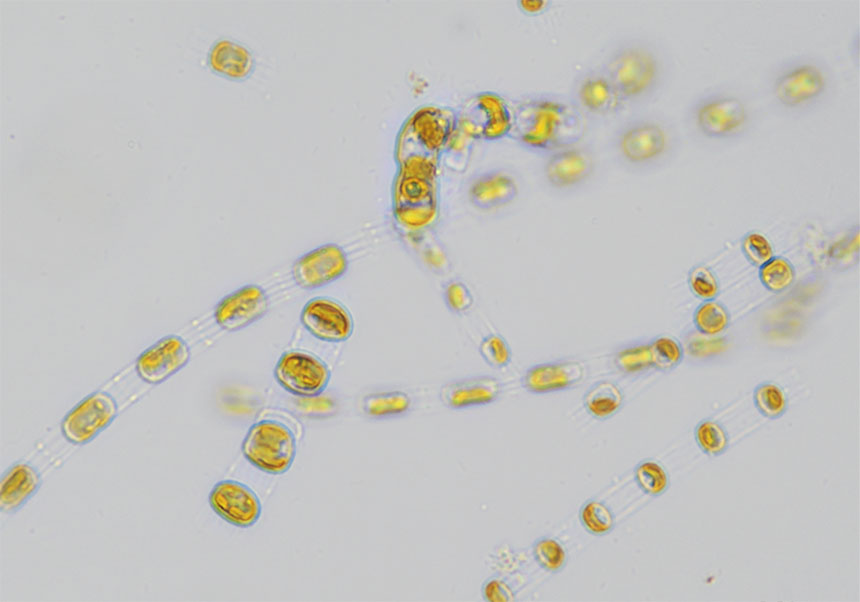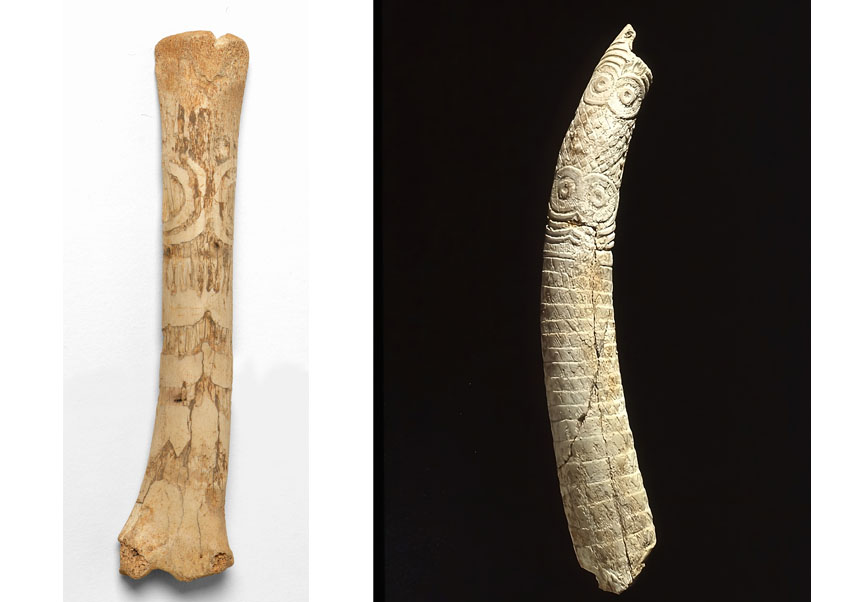The research-diagnosis on immigration in the city of València was presented at the Universitat
- Press Office
- April 10th, 2019

Rector Peset Hall of Residence hosted this Wednesday the presentation of the research-diagnosis of immigration in the city of València, conducted by a research team from the Universitat. The event was attended by Francisco Torres, director of the study and lecturer at the Universitat de València; Elena Mut, researcher and lecturer at the Universitat de València; María José Iranzo, head of the Cooperation and Immigration Service of Valencia City Council; Papa Balla, vice-president of the Local Immigration Council; and Lucy Polo, member of the Local Immigration Council and coordinator of the gender working group.
During the event, the main results of the diagnosis of the immigrant neighbourhood of València were presented, with data collected between 2006 and 2016. In this last year, the foreign neighbours were 96,056 people, 12.2% of the total neighbourhood, a percentage that increases to 16.7%, 131,754 people, if you count those born abroad, immigrants themselves. The results presented are structured in dynamics of inclusion and exclusion, as well as the aspects and lines to prioritize to achieve a more welcoming city, for all, and move towards an intercultural València. The Universitat de València team that carried out the study is from the Migrations, Diversity and Social Cohesion Research Group and is made up of Jordi Giner, Miguel Monsell, Elena Mut, Yaiza Pérez and Francisco Torres, as director of the Faculty of Social Sciences.
The event had two parts. In the first part, the main results of the study were presented in summary form. In the second, some aspects have been deepened through a conversation-debate with members of the Local Immigration Council and the research team of the Universitat.
According to the diagnosis, the economic crisis has destabilised the process of social and urban insertion in which a large part of the immigrant neighbourhood was found in 2008. And it has made the insertion of the people who arrived later much more difficult. "If we had to synthesize the conclusions we would say that there are dynamics of inclusion, to different degrees and with different limits, in the areas of Education, Health, Social Services and public spaces," says the study. On the contrary, "the most powerful dynamics of exclusion derive from the economic sphere, from the regulations on foreigners and housing. We also have open dynamics in the area of the neighbourhood and with respect to images and speeches about immigrants," they conclude.
València, like other Spanish cities, is far from the situation of many European cities in which immigration is perceived as one of the major social problems, although as the study notes "it is no less true that our process is open. In this sense, it is worth highlighting some results. In the last ten years a social stratification has been consolidated, segmented by class-ethnicity-origin, more polarised and which has a clear socio-urban shape: the peripheral working class neighbourhoods. According to the research team, although coexistence remains calm, the social conditions of such coexistence have been degraded by the impacts of the crisis, bad jobs, precariousness, economic insecurity, in broad popular sectors, and among them a good part of the immigrant neighbourhood. "Our weakened public services have not shown the capacity to reverse the tendencies towards ethno-polarized social stratification nor to cover the deficits of equipment, services and social attention," they point out. In València, aspects of discrimination and "low intensity" racism have been observed; however, the results of the study point out that the fundamental obstacle for a better urban insertion of the immigrant neighbourhood is not cultural, but of a socio-economic situation, of a class fed back by ethnicity-origin. All this raises, in the opinion of the research team, beyond the specific aspects of the immigrant neighbourhood, "the most general question about the type of city we want to be and the need for general citizenship policies".
Torres, F. (dir), Pérez, Y., Mut, E., Giner, J. and Monsell, M. (2018). Towards an Intercultural City. The immigrant neighbourhood in València. 2006 – 2016. València: València City Council.
More information:
















